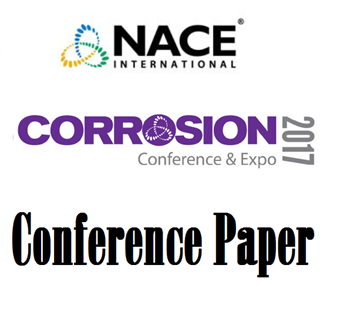Search
Corrosion Assessment of Supercritical CO2 Transportation Pipeline Steels
Also Purchased
Corrosion Inhibition of Pipeline Steels Under Supercritical CO2 Environment
Product Number:
51317--9153-SG
ISBN:
9153 2017 CP
Publication Date:
2017
$20.00
Impact of O2 Content on Corrosion Behavior of X65 Mild Steel in Gaseous, Liquid and Supercritical CO2 environments
Product Number:
51320-14433-SG
Publication Date:
2020
$20.00
10334 Materials Optmisation for CO2 Transporation in CO2 Capture and Storage
Product Number:
51300-10334-S
ISBN:
10334 2010 CP
Publication Date:
2010
$20.00




